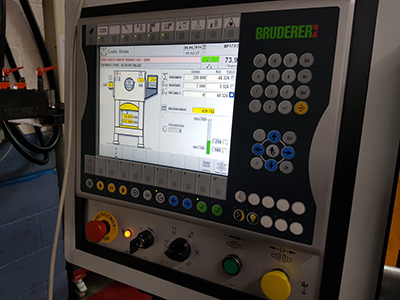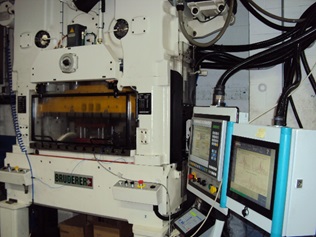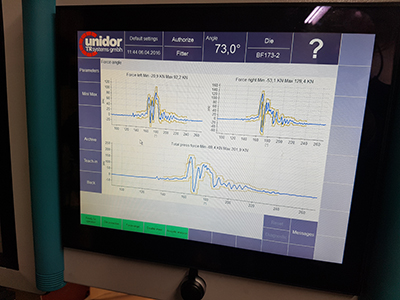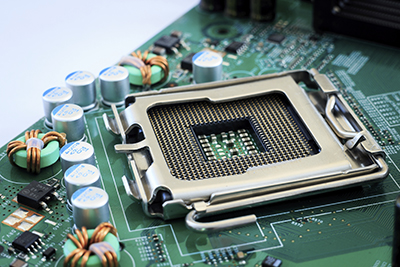Different metals have different properties, so it’s only natural that their characteristics make some more suitable for certain applications instead of others.
Their physical and chemical properties vary greatly, so it’s important that you know which materials to choose in order to get the most out of your stampings or pressings. The properties of steel allow it to be alloyed with other metals to create better, stronger materials, meaning you’ll be able to use stampings and pressings made from steel in a wide range of applications.
Mild Steel
If you’re looking to have springsor stampings with a mild or high degree of strength, mild steel is a great solution. It’s created from carbon and manganese (along with others in smaller quantities), and the higher the amounts of these materials, the stronger the metal is. This also reduces its formability and creates a more challenging degree of weldability. Mild steel provides a wide spectrum of properties, which means it’s also flexible and allows you to use it in a vast array of circumstances.
Stainless Steel
Stainless steels are iron-based alloys that contain at least 10% chromium. Included in its properties is a high degree of resistance to oxidation and rusting, due to a transparent film applied on the surface of the metal. Some stainless steels have low yield strength and high impact strength, making them useful for food processing equipment and car parts. Others are more malleable which, combined with their resistance to corrosion, means they can be used in exhaust systems and hot water tanks.
In general, stampings and pressings made from stainless steel have high tolerance to temperatures, both hot and cold, high resistance to oxidation processes and changeable levels of strength. Therefore, if you’re looking for these properties for your own work, stainless steel is the solution that best suits you.
Steel can be put through a heat treatment process, which is specifically created to change its mechanical properties. This versatility allows you to get stampings and pressings with variable levels of ductility, yield strength and impact resistance.
So when choosing the materials for your pressings and stampings it’s important to note that they have different properties. Steel is one of the most commonly used metals for these processes, due to its strength and resistance to corrosion. If you’d like to learn more about what we do and the materials we use, feel free to talk to us at anytime, and we’ll answer any questions you might have.
European Springs




